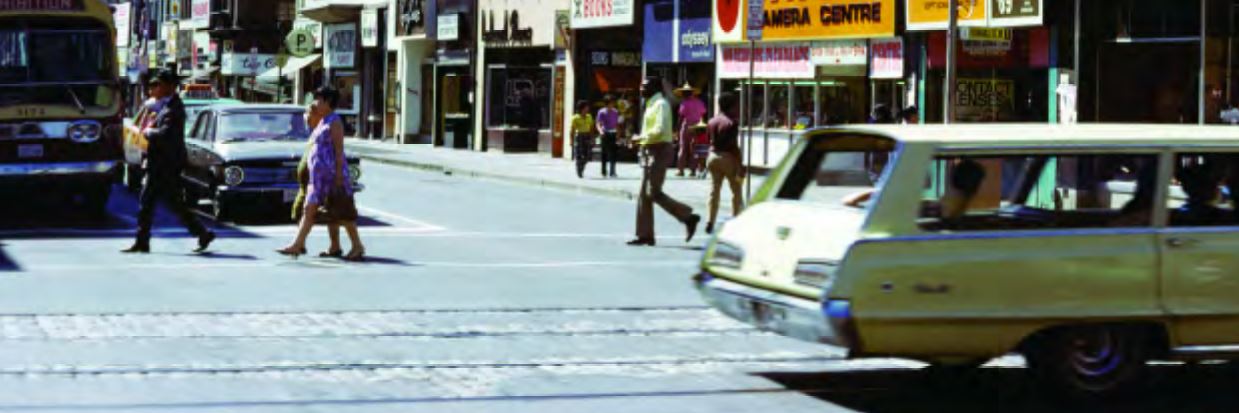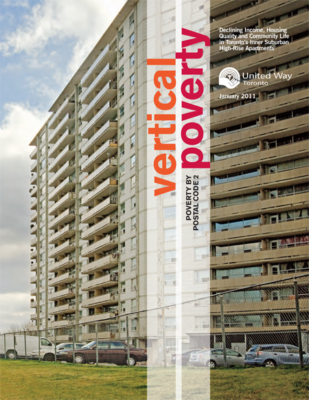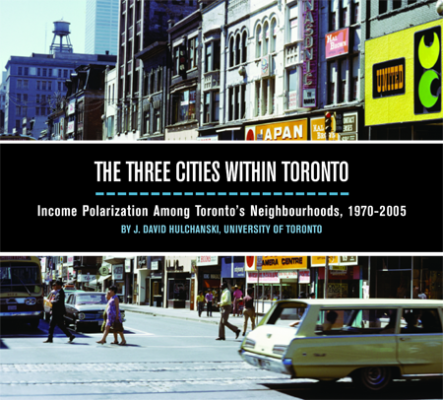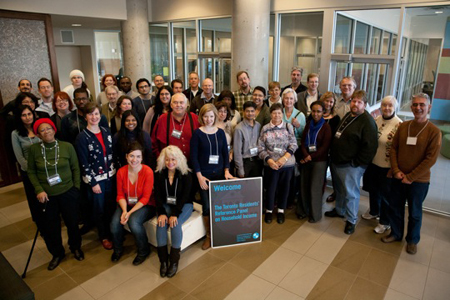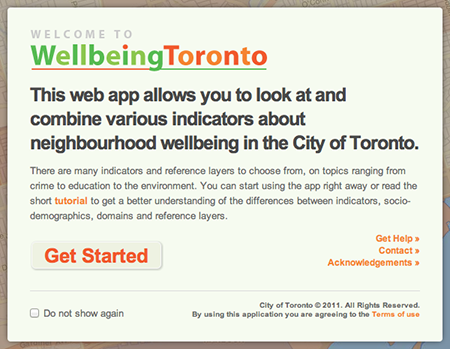Introduction
Studying socio-economic inequality is a delicate matter. Perhaps in no other field of study do abstract statistics affect the everyday lives of real people more. It is a matter of justice to paint an accurate picture. And yet between any two studies, there are as many inconsistencies as there are overlaps, because painting a perfect picture is an impossible feat. It is for this reason that so many measures have been invented and so many studies are regularly produced about poverty and its attending social ills, each seeking out new ways to get closer to the truth—and more importantly, to do better justice. While all four projects included here agree upon the disparity in quality of life between different parts of the city, the unique nuances in each project’s methods and conclusions are equally noteworthy.
The Three Cities Within Toronto, a report by J. David Hulchanski and the University of Toronto’s Neighbourhood Change research group, examines trends over a 35-year period (1970 to 2005). The report focuses on who lives where, and which neighbourhoods have changed, based on the socio-economic status of the residents in each neighbourhood. It proposes that Toronto’s neighbourhoods fall into one of three categories, creating three distinct Torontos. The polarization of the city into wealthy neighbourhoods (about 20% of the city), and greater numbers of disadvantaged neighbourhoods (about 40% of the city), is a continuing trend, with average-income neighbourhoods slowly disappearing. On display are the key maps and findings. Copies of the report are also available in the gallery.
Over three Saturdays in November and December 2011, the forty-four randomly selected members of The Toronto Residents’ Reference Panel on Household Income met to learn about the growing income gap, understand the challenges and consider the choices we will need to make to ensure that Toronto remains a competitive, livable and inclusive city. The panels in this exhibition contain a selection of their final recommendations, and demonstrate the ability and willingness of Toronto residents to play a role in addressing critical social and economic issues. The Panel process was designed and led by MASS LBP in partnership with Diaspora Dialogues and with support from the Metcalf Foundation.
Like the Three Cities report, Poverty by Postal Code 2: Vertical Poverty by United Way Toronto investigates the spatial concentration of poverty in certain Toronto neighbourhoods, particularly those with large numbers of high-rise apartment buildings; however, this study complements census statistics with over 2800 interviews of neighbourhood inhabitants, yielding sometimes surprising—even optimistic—results alongside more sobering ones.
The City of Toronto’s Wellbeing Toronto takes a different approach to the idea of inequality altogether, untethering quality of life from income. The online application allows users to overlay numerous recent census statistics (such as density or violent crime) and amenities (such as community centres or arenas) onto a map of Toronto, producing a customized view of each neighbourhood’s wellbeing. The staff at Wellbeing Toronto are in the midst of working with local organizations and citizens as well to facilitate their direct participation in studying quality of life in their own city.
Curated by:
Nate Storring

